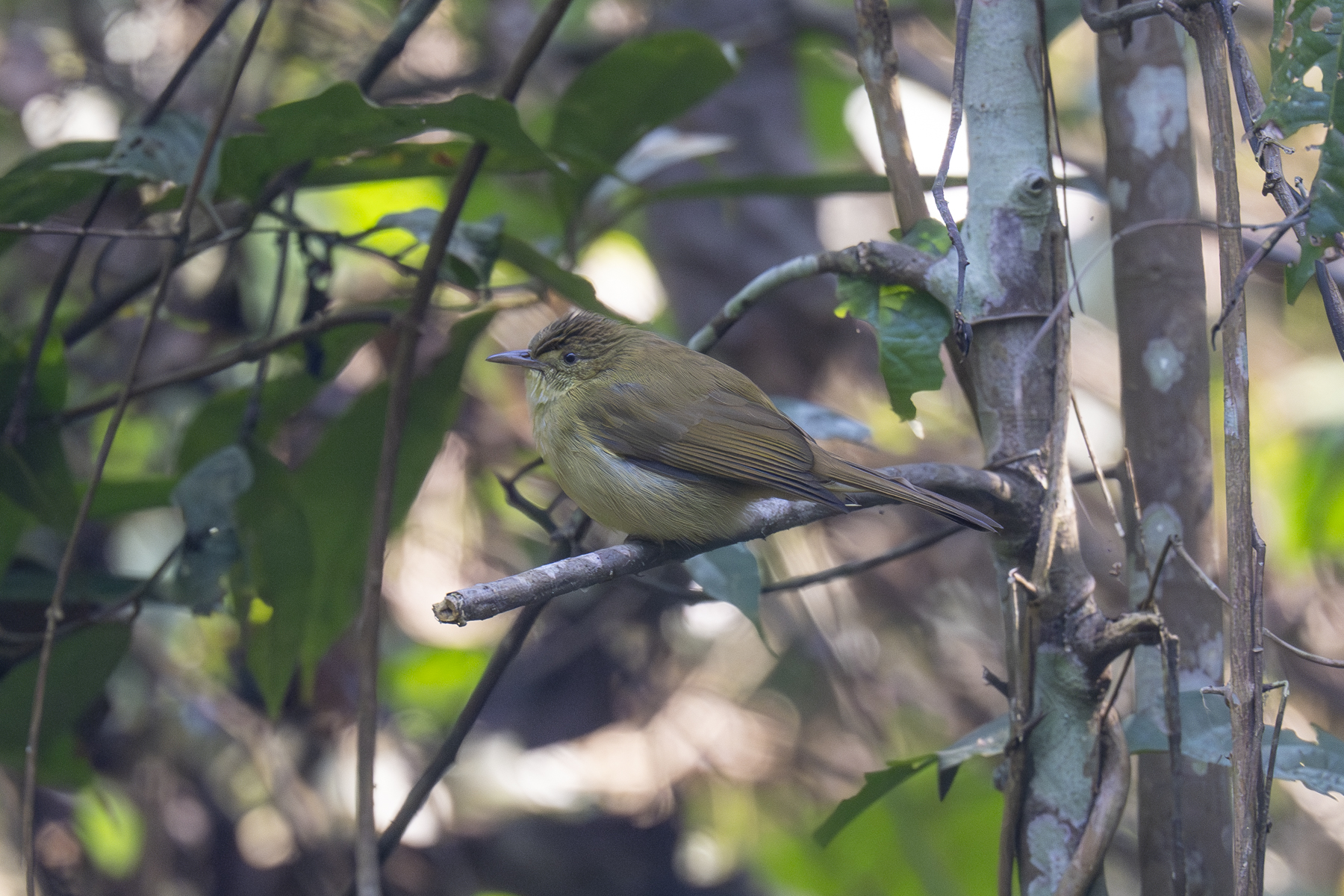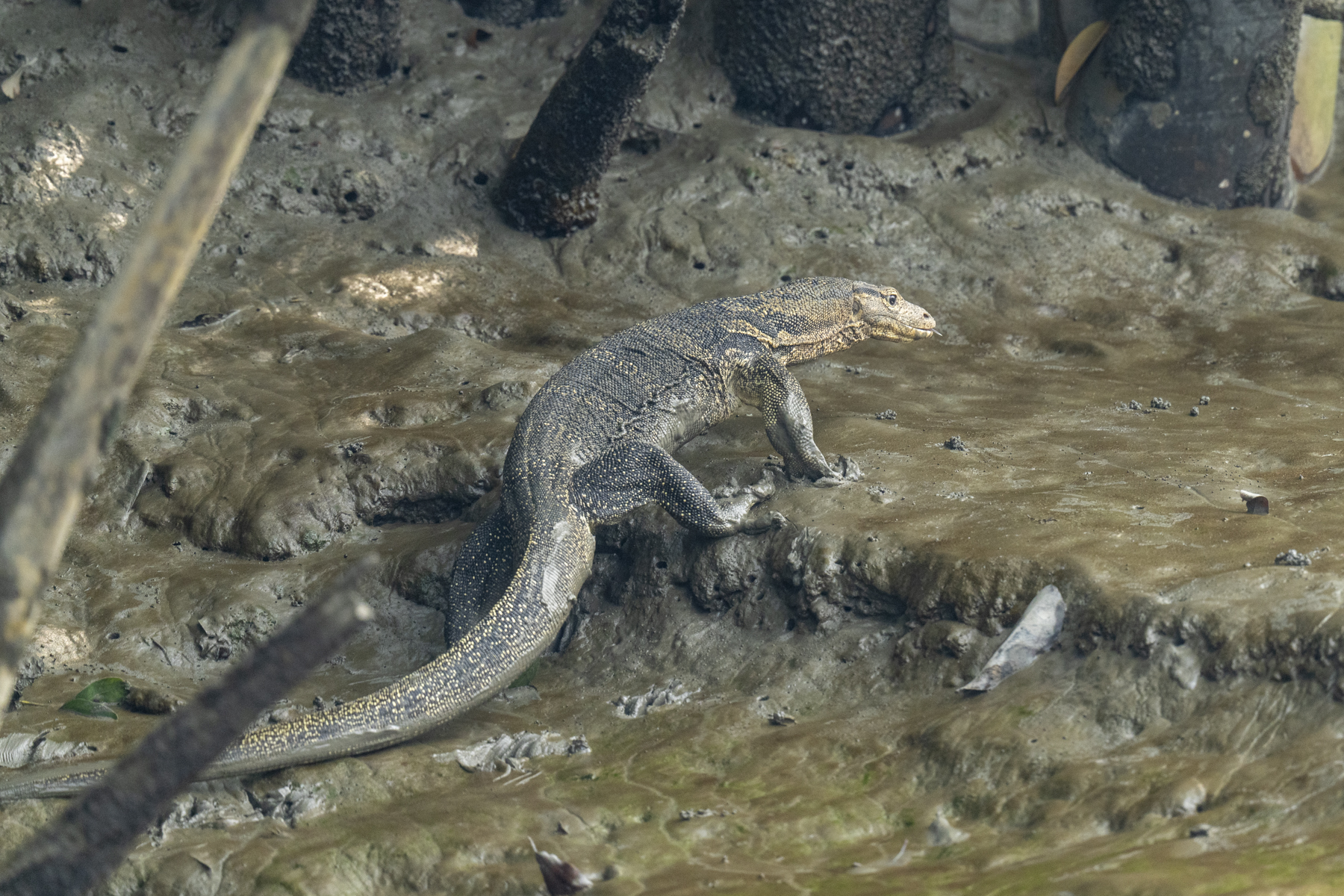BANGLADESH BIRDING TOUR: DETAILED ITINERARY
Bangladesh: Day 1 Our tour begins this morning at Dhaka. From the capital city of Bangladesh, we will make our way northeastwards to the vicinity of Satchari National Park for a two nights stay. This afternoon we will commence our exploration of Satchari.
Bangladesh: Day 2 Satchari National Park is situated in the southwestern part of Sylhet District. Unlike most of Bangladesh, Sylhet District is quite hilly and Satchari, which means ‘Seven Streams’ in Bengali, protects an extensive tract of tropical forest.
The bird which has brought us here is the extremely range-restricted Cachar Bulbul, a species only found in northeast Bangladesh and in adjacent India (where it is hard to access for non-Indians). Fortunately, it is usually reasonably straightforward to find at Satchari, although thin on the ground.
Another good bird at Satchari is the White-cheeked Partridge, a species which we have a moderate chance of encountering during our short visit.
The other birds in and around Satchari are more widespread and include Red Junglefowl, Large-tailed Nightjar, Asian Palm and House Swifts, Plaintive Cuckoo, Common Hawk-Cuckoo, Square-tailed Drongo-Cuckoo, Oriental Turtle, Eurasian Collared, Red Collared, Spotted and Asian Emerald Doves, Ashy-headed and Yellow-footed Green Pigeons, Grey-headed and Red-wattled Lapwings, Crested Serpent Eagle, Shikra, Asian Barred and Spotted Owlets, Collared Scops Owl, Eurasian Hoopoe, Blue-bearded, Asian Green and Chestnut-headed Bee-eaters, Lineated, Blue-throated, Blue-eared and Coppersmith Barbets, Speckled Piculet, Grey-capped Pygmy Woodpecker, Greater and Lesser Yellownapes, Fulvous-breasted, Streak-breasted, Grey-headed and Rufous Woodpeckers, Common, Black-rumped and Greater Flamebacks, Common Kestrel, Blossom-headed, Red-breasted and Rose-ringed Parakeets, and Vernal Hanging Parrot.
Likely passerines include Blue-naped Pitta (much more likely to be heard than seen at this dry time of year), Bar-winged Flycatcher-shrike, Large Woodshrike, Ashy Woodswallow, Common Iora, Small and Scarlet Minivets, Large Cuckooshrike, Brown and Long-tailed Shrikes, Black-hooded and Black-naped Orioles, Black, Bronzed, Greater Racket-tailed and Hair-crested Drongos, White-throated Fantail, Black-naped Monarch, Rufous Treepie, House and Eastern Jungle Crows, Cinereous Tit, Bengal Bush Lark, White-throated, Black-headed, Black-crested, Red-whiskered and Red-vented Bulbuls, Barn Swallow, Yellow-browed, Green-crowned, Dusky and Greenish Warblers, Blyth’s Reed Warbler, Zitting Cisticola, Common Tailorbird, Indian White-eye, Pin-striped Tit-babbler, Puff-throated and Abbott’s Babblers, Jungle Babbler, Asian Fairy-bluebird, Velvet-fronted Nuthatch, Common Hill, Jungle, Common and Bank Mynas, Indian Pied and Chestnut-tailed Starlings, Orange-headed Thrush, Grey-winged Blackbird, Oriental Magpie-Robin, White-rumped Shama, Hill Blue, Blue-throated Blue, Verditer and Taiga Flycatchers, Siberian and White-tailed Robins, Blue-capped Rock Thrush, Golden-fronted Leafbird, Orange-bellied and Scarlet-backed Flowerpeckers, Ruby-cheeked, Purple-rumped, Purple and Crimson Sunbirds, Little Spiderhunter, Baya Weaver, Indian Silverbill, White-rumped Munia, White Wagtail and Olive-backed Pipit.
Mammals tend to be few and far between in this part of the world but we should encounter Rhesus Macaque, Capped Langur, Irrawaddy Squirrel and perhaps Northern Treeshrew.
Bangladesh: Day 3 Today we have a backup opportunity in case Cachar Bulbul is proving tricky to see, but if we have succeeded earlier we will make a visit to the Baikka Beel wetland. Waterbirds are numerous here and typically include Asian Openbill, Glossy and Black-headed Ibises, Grey-headed Swamphen, Pheasant-tailed and Bronze-winged Jacanas and wintering Grey-headed Lapwing.
Among the many other likely new birds are Little and Great Cormorants, Garganey, Northern Shoveler, Gadwall, Northern Pintail, Eurasian Teal, Ferruginous Duck, Littlke Grebe, Common Moorhen, Eurasian Coot, Little Ringed Plover, Black-tailed Godwit, Marsh and Wood Sandpipers, Spotted Redshank, Great, Medium and Little Egrets, Grey Heron, Brahminy Kite, Eastern Marsh and Pied Harriers, Striated Grasbird and Dusky Warbler.
Afterwards, we will head towards Dhaka, skirting the city until we reach the Padma (or Brahmaputra) River where we will spend the night.
Bangladesh: Day 4 This morning we will explore the banks of the broad Padma River. This is a good area for Bengal Bushlark and other targets will include Red-necked Falcon, Grey-throated Martin, Striated Babbler and White-tailed Stonechat. This is a good area for wintering Locustella warblers and we have a good chance of encountering Baikal Bush Warbler. Spotted Bush Warbler and even the rare Long-billed Bush Warbler (or West Himalayan Grasshopper Warbler) have been found here.
Other possibilities include Black-winged Kite, Delicate and Plain Prinias, Zitting Cisticola, Bluethroat, Siberian Rubythroat, Siberian Stonechat, Chestnut Munia, Eastern Yellow and Citrine Wagtails, and Paddyfield, Richard’s and even Blyth’s Pipits.
Afterwards, we will head for the city of Khulna. At Khulna, we will board our comfortable riverboat where we will spend the next six nights. Afterwards, we set sail for the Sundarbans!
Bangladesh: Days 5-9 The vast delta of the combined Ganges-Brahmaputra rivers, known as the Sundarbans, is a geographical wonder of the world. Nowhere else on our planet do two of the world’s great rivers enter the sea in the same area!
The ‘grailbird’ of the Sundarbans is the fast-declining and Critically Endangered Masked Finfoot. We used to see this species at various locations in Southeast Asia, but nowadays it has become extinct or very hard to see in all of them. The Sundarbans of Bangladesh appear to be the Masked Finfoot’s last stronghold and here we have a very high chance of one or more encounters.
Other great birds of the area include White-eared Night Heron (only recently found to winter in small numbers in the Sundarbans!), Buffy Fish Owl, the big Brown-winged Kingfisher and the impressive Mangrove Pitta.
Other birds we may well encounter while in the Sundarbans include Greater Coucal, Green-billed Malkoha, Asian Koel, White-breasted Waterhen, Greater Sand Plover, Eurasian Curlew, Eurasian Whimbrel, Common Sandpiper, Common Greenshank, Little Stint, Brown-headed Gull, Asian Openbill, Little Cormorant, Black-crowned Night Heron, Indian Pond Heron, Striated Heron, Eastern Cattle, Great and Little Egrets, Western Osprey, Oriental Honey Buzzard, Black and Brahminy Kites, White-bellied Sea Eagle, Grey-headed Fish Eagle and Ruddy, White-throated, Black-capped, Collared and Common Kingfishers.
Ganges River Dolphins and the smaller Irrawaddy Dolphin are regularly encountered and we should also see Rhesus Macaque, Jungle Cat, Asian Small-clawed Otter and Small Indian Mongoose. There is a good chance of Mainland Leopard Cat as well. The Sundarbans still have a good population of Tigers, but our chances of an encounter are low as the Tigers are shy and still persecuted. If we are really lucky we will come across a Fishing Cat.
Bangladesh: Day 10 Today we will return to Khulna and drive to Dhaka airport where our tour ends early this evening.
(If you are not flying out of Dhaka airport this evening we can arrange hotel accommodation on request and you will be dropped at the hotel provided it is in the airport area.)




































































